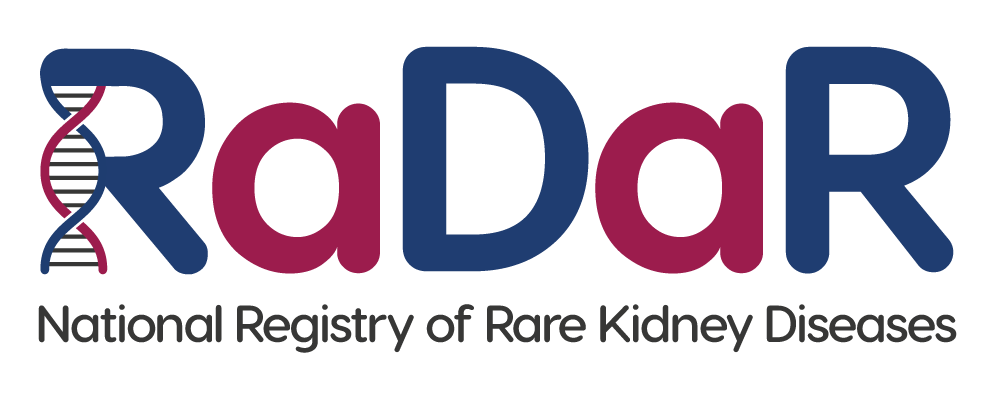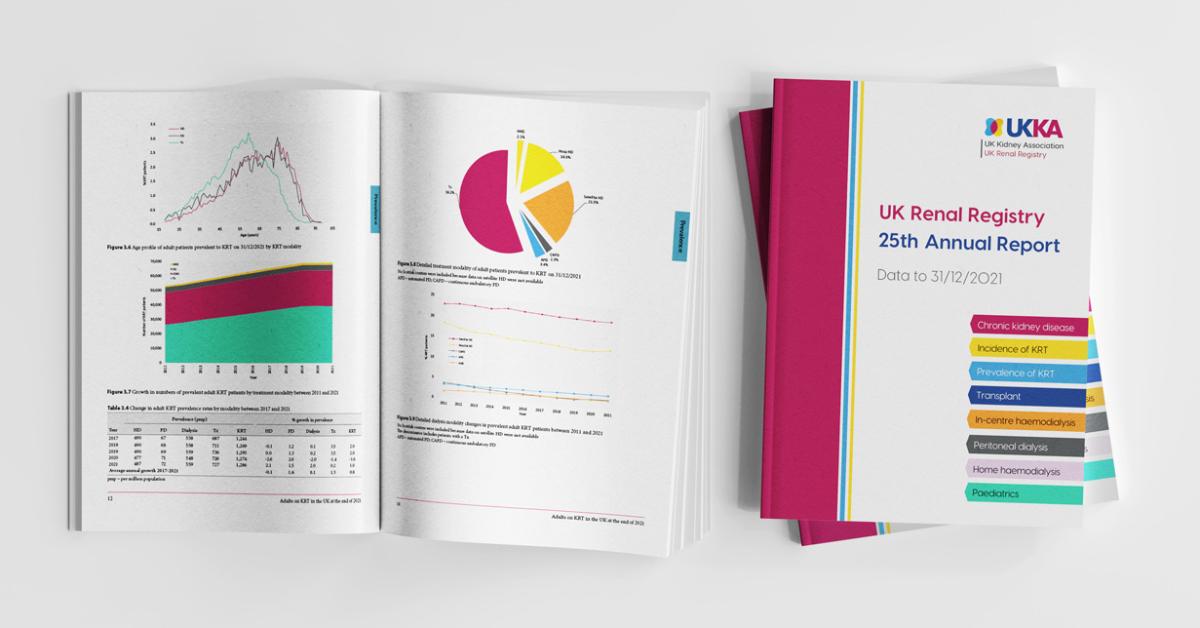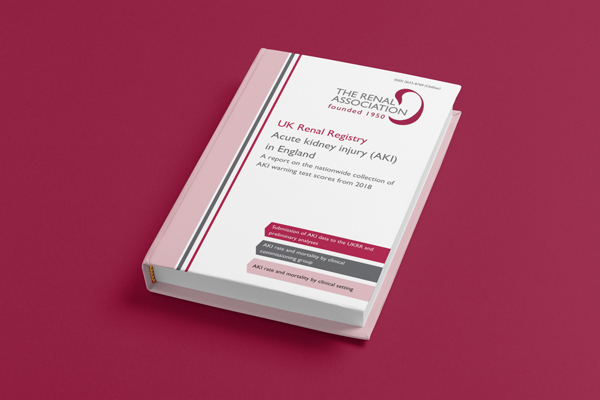Clinician Information
In the ‘pre-prophylaxis era’, approximately 8% of kidney transplant recipients experienced symptomatic CMV infection. In patients receiving prophylaxis, 1 year incidence of CMV disease is reported to be 19.2%, in D+ / R- group and 2.5% in D- / R- group.
CMV infection and disease are most commonly reported in seronegative individuals who receive seropositive organs (D+/R-; see table 1). Primary infection with CMV typically occurs approximately four to six weeks post-transplant. Symptoms include fever, night sweats, fatigue, myalgia, arthralgia, diarrhoea, abdominal pain and nausea, respiratory distress and retinitis (rare in the transplant population). Bone marrow suppression, especially neutropenia and biochemical hepatitis are well recognised manifestations of CMV disease.
CMV replication is confirmed by polymerase chain reaction (PCR) tests undertaken on plasma or whole blood.
CMV organ specific dysfunction (liver, intestinal, bone marrow, lung and kidney allograft) may require a biopsy for diagnostic certainty.
Reduction of immunosuppression, Ganciclovir iIntravenous or oral (valganciclovir)), Maribivir, Foscarnet, Cidofovir,Letermovir and High dose intravenous Hyperimmune globulin (0.5 g/kg body weight) have been used to treat CMV infection and disease.
There is high-quality evidence of improved outcomes when prophylaxis with Valganciclovir for 3 months is given to people in D+/R- donor-recipient category or following T-cell depletion therapy in categories other than D-/R- following kidney transplantation. Prophylactic Valganciclovir is therefore recommended in these patient group [1]
For D+/R+ and D-/R+ donor-recipient categories, either CMV prophylaxis or monitoring with pre-emptive treatment are recommended [1]
2.1 Clinical Laboratories should use Quantitative Nucleic Acid Testing (QNAT) of whole blood or plasma to quantify CMV viral load [1A]
· Transplant centres should adopt a consistent approach to use either whole blood or plasma for quantification of CMV viral load [1C]
· CMV QNAT assays should be calibrated using the WHO International Reference Standard [1C]
· CMV viral load should be reported as IU/mL, where possible, or, if reported as copies / mL, a conversion factor should be used [1C]
2.2 Renal centres should determine local thresholds of viral load that portend CMV infection or disease requiring treatment, depending on the CMV QNAT assay they use and the population at risk [1C]
2.3 QNAT thresholds should not be used in isolation to determine commencement or cessation of treatment for individuals with CMV disease, but should be considered in the context of clinical, laboratory or histological evidence of CMV disease [1C]
Table 1
Serostatus: The presence or absence of detectable antibodies against a specific antigen, as measured by a blood test (serology test). Donor: recipient CMV serostatus is characterised as:
1. Both donor and recipient are IgG antibody seropositive:
· Donor (D) positive (+); Recipient (R) positive (+) (D+/R+)
2. Both donor and recipient are IgG antibody seronegative:
· Donor (D) negative (-); Recipient (R) negative (-) (D-/R-)
3. Donor is IgG antibody seropositive and recipient is IgG antibody seronegative:
· Donor (D) positive (+); Recipient (R) negative (-) (D+/R-)
4. Donor is IgG antibody seronegative and recipient is IgG antibody seropositive:
· Donor (D) negative (-); Recipient (R) positive (+) (D-/R+)




